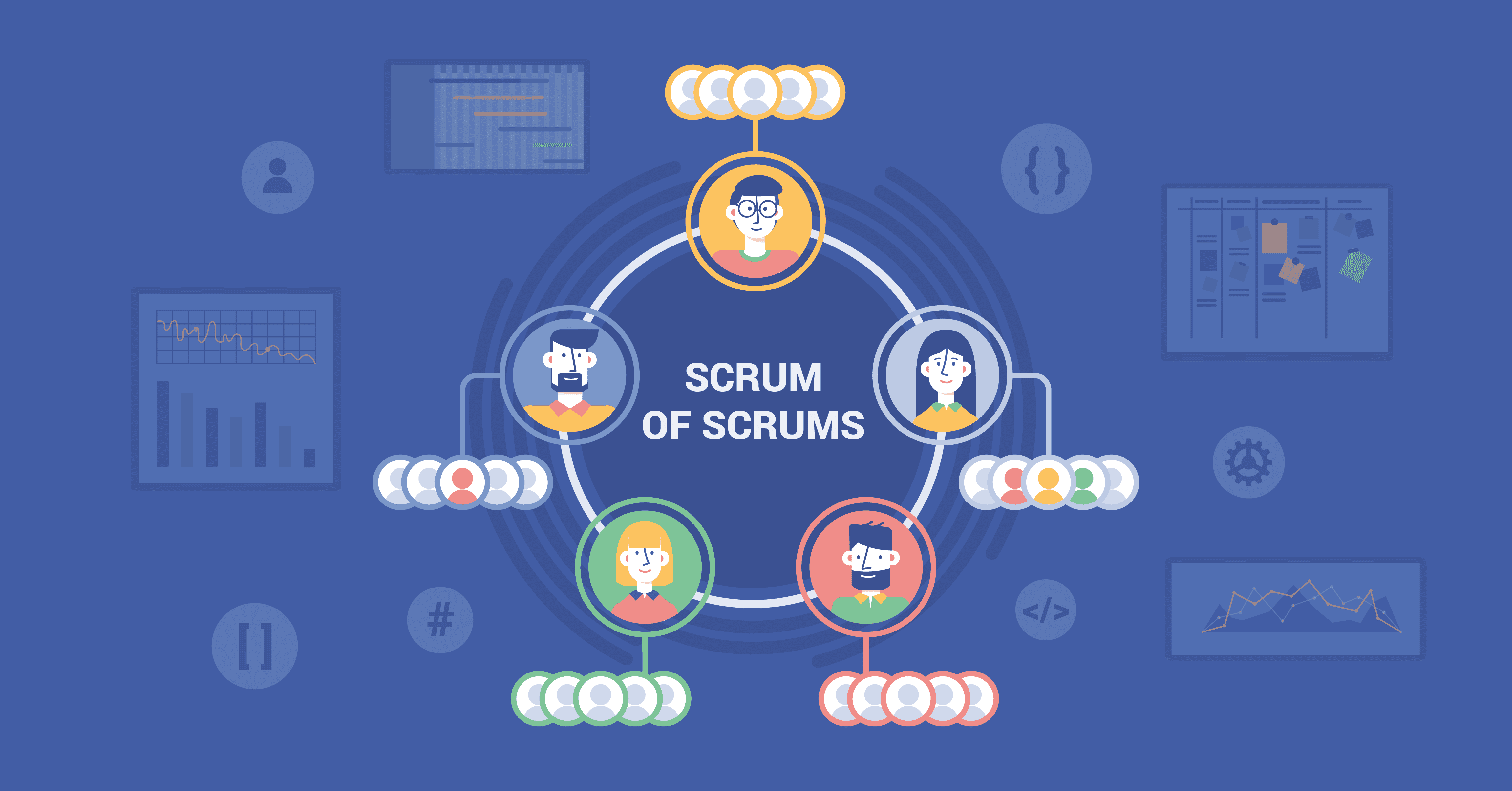It is no secret that when the Agile methodology was first conceived, this was done with fairly small development teams in mind. Yet today, with Agile’s increasing popularity in software companies across the globe, the old adage “less is more” might finally be losing its original punch.
Instead, more and more providers are now tending towards the notion that with a few clever tweaks and tricks, large Agile teams are still able to maintain the same agility as their smaller counterparts.
So without further ado, let us take a look at some of the most prominent scaling techniques available at the moment and explain how we at Software Planet are efficiently rising up to this challenge.

Getting Started
When taking steps towards Agile at scale, it is crucial to focus on maintaining the customer-centric spirit of its visionary manifesto. Otherwise, you could end up with something so incredibly bureaucratic, it becomes Agile in name, but certainly not in practice.
Scaled Agile Framework
The Scaled Agile Framework (SAFe), for example, is a case in point. In this model, a tiered approach to delivery is taken, as the organisation is divided up into three separate levels: team, program and portfolio. From there on, however, despite its widespread popularity, the framework quickly devolves into a complex web of jumbled confusion.
For this reason, though seemingly a solid bet, SAFe has also been widely criticised for its outright unagile ways. Writing for Silicon Valley Product Group, for instance, developer Marty Cagan describes the framework as “very much a top-down, mercenary model, [as] it’s all about output and not outcome; and the real consequence is the obstacles to continuous innovation.”
Large Scale Scrum
Despite what was said in our introduction, one framework in particular is adamant that less should always mean more.
Large-Scale Scrum (or LeSS for short) is a lightweight and surprisingly fluid framework, arising mainly from the steadfast belief that it is general principles, not strict rules and procedures, that are far more important to a project’s success — call it the SAFe antithesis.
As such, it leaves plenty of room for developers to make alterations as they see fit, whilst still maintaining a basic degree of rules, guides, experiments, and above all, overarching principles. These tend to focus on the product as a whole and aim to never compromise on transparency or continuous improvement.
In this way, LeSS is often described as “Scrum on steroids.” It provides an excellent structure for integrating the work of multiple development teams into a single framework with a shared backlog.
Disciplined Agile Delivery
Unlike other more dogmatic approaches, Disciplined Agile Delivery (DAD) is essentially a hybrid method, adopting strategies from a variety of sources, including Scrum, Kanban and Extreme Programming.
Notably, its distinctly goal-driven dynamic attempts to demonstrate how such seemingly disparate approaches are still able to fit comfortably together, providing advice on how to use each one and when.
Like a caring father figure, DAD is also a lot more advisory than it is prescriptive, and for this reason, serves as an excellent starting point for achieving Agile at scale.
As in the case of LeSS, however, for companies requiring a considerable amount of structure, it is probably not ideal.
Scrum of Scrums
A simple yet brilliant concept, the Scrum of Scrums is Software Planet Group’s framework of choice, as we have used it with great results on any project requiring a large number of developers.
In a nutshell, every team above the established limit — usually seven people — is divided into two separate groups. Next, a representative for each team is elected to speak for their own group in a team of teams or “scrum of scrums.” These chosen representatives not only provide each other with valuable updates, but also plan iterations and milestones, break down stories and epics and regularly meet to uncover answers to some burning questions, like the ones exemplified below:
- What work has your team accomplished since the last meeting?
- What are you planning to do before the next gathering?
- What is currently standing in the way of progress?
Unlike the LeSS framework, however, each team makes use of their own individual backlog.
Keep Agile Agile
No matter where you’re starting from, it’s important to realise that your efforts to scale Agile must be Agile themselves. This is why SPG advocate embracing a framework that will put your company on the right path, while simultaneously allowing us to adjust our process as new insights emerge and business needs evolve.
Less may indeed be more, but flexibility is everything.


